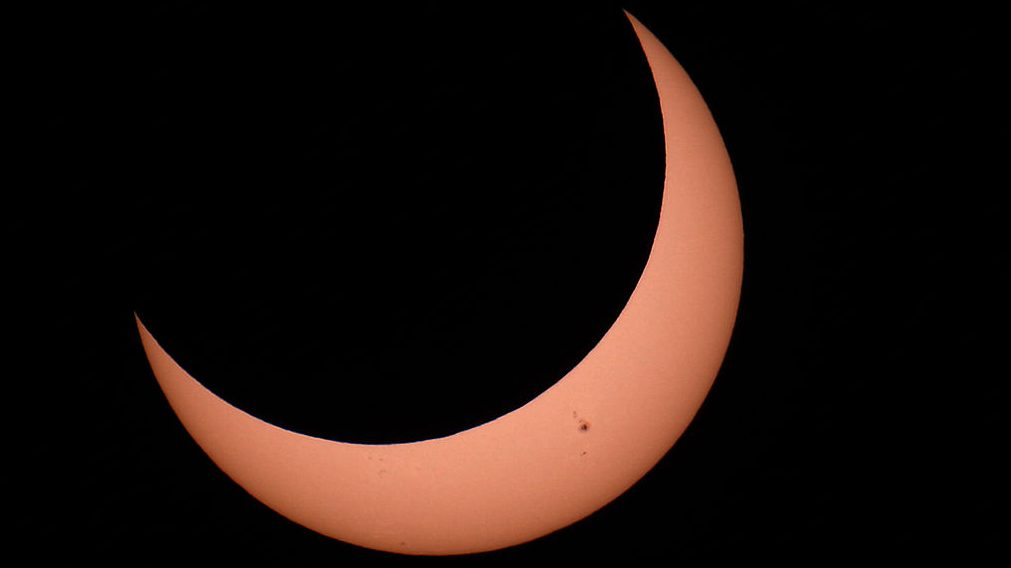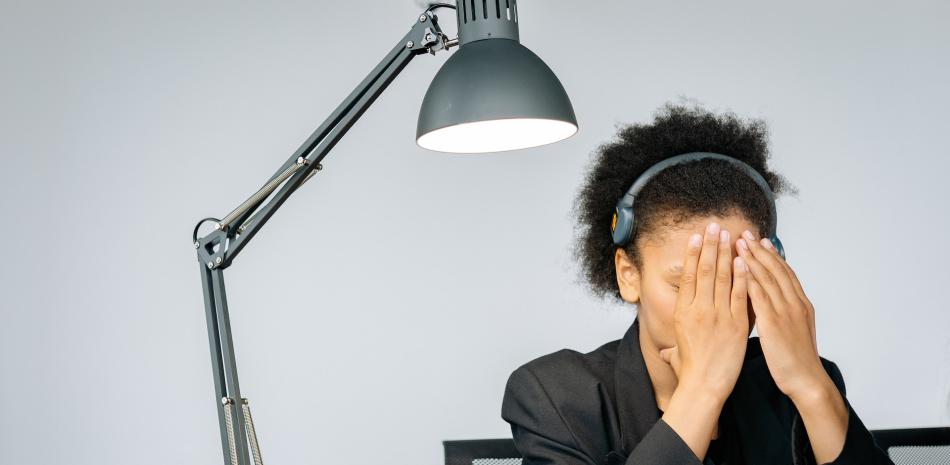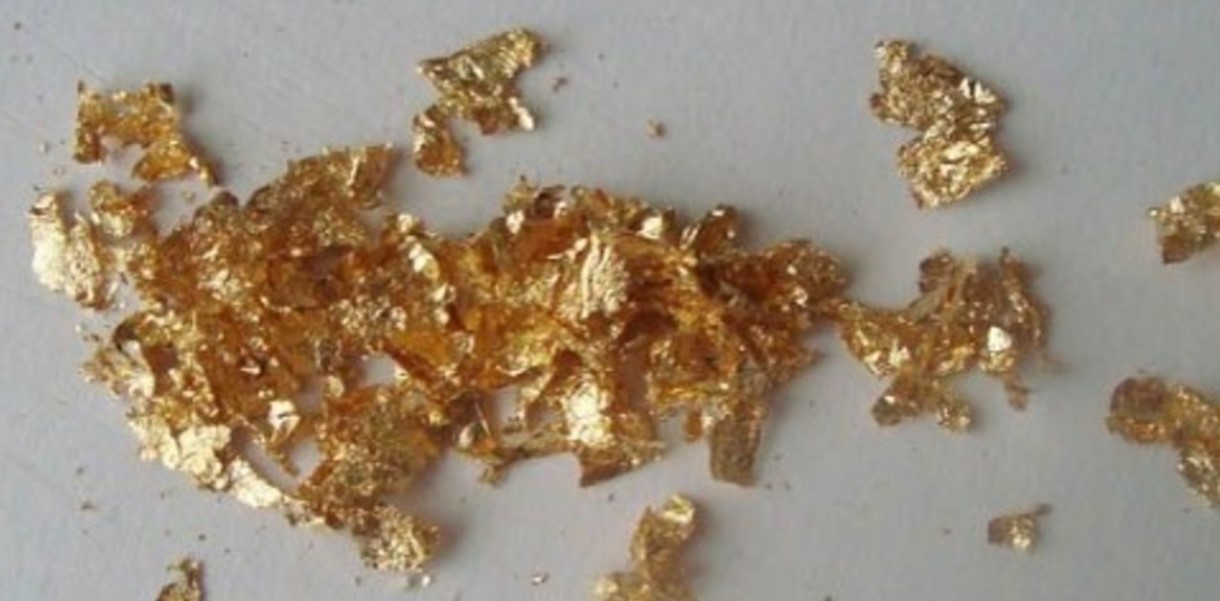(CNN Espasol) – Throughout June, a variety of events can be observed in space, such as the annual solar eclipse characterized by its impressive “fire ring,” followed by the summer solstice, the longest day of the year, the arrival of the Strawberry Full Moon and three spaces outside the International Space Station.
Here we tell you the most interesting events of this month and when they happen.
“Ring of Fire” solar eclipse
This year, the annual solar eclipse occurs on June 10, and is found in northern Canada, Greenland and Russia, and to some extent in cities such as New York, Montreal, London and Washington. This type of eclipse is characterized by its impressive “fire ring” because it is not a total eclipse, but the edges of the sun can be seen around the moon.
“Annual eclipses are similar to total eclipses in which the Moon, Earth and Sun are aligned, so the Moon moves directly in front of the Sun as seen from Earth,” said Alex Young, associate director of science at the Department of Heliophysics. At NASA’s Goddard Space Flight Center.
«But a total eclipse does not occur, i.e. the moon does not completely block the visible disk of the sun because the moon is farther away and its apparent size in the sky [ligeramente] Smaller than the sun. This means that the small annual ring of the solar disk is visible around the moon.
According to Young, solar eclipses occur two weeks before or after a lunar eclipse. On May 26th Flower Supermoon The sky is adorned and on June 24 you can see the strawberry moon.
Summer solstice
The longest day of the year usually begins with summer, and with it, the harvest. Therefore, it is not surprising that fertility in plant and human species has been linked to infertility in various parts of the world.
Summer solstice arrives on June 20 at 11:16 pm (Miami time), kicking off summer in the Northern Hemisphere and winter in the Southern Hemisphere.
Strawberry full moon
After seeing the incredible Flower Supermoon May, June 24 At 2:40 pm (Miami time) you can see its bright strawberry moonlight, but it is not known until late. If you want Check out this calculator Find out when is the best time to see strawberry moonshine in your place.
The strawberry moon was named after the Alkonk tribe of Native Americans because the moon was a symbol for harvesting wild strawberries. Almanac of the Old Farmers. However, this moon has other names in other parts of the world. In Europe, it is called a honeymoon, meat moon or full rose moon. According to EarthSky.org, in the southern hemisphere, it is called the oak moon, the cold moon, or the long night moon.
Spacewalks
Three spaceships to the International Space Station (ISS) will take place in June, beginning on June 2, the day Russian astronauts Oleg Nowitsky and Pyotr Dubrov will walk 6.5 hours outside the ISS. The walk will begin at 1:20 a.m. Miami time.
On June 16, NASA astronaut Shane Kimbero and European Space Agency astronaut Thomas Pesket will conduct the second spaceflight of the month. The walk will last 6.5 hours and will take place outside the International Space Station in order to install a new solar panel. The walk will begin at 8:00 a.m. Miami time.
Four days later, on June 20, Kimberly and Pesket will conduct a second 6.5-hour space flight to install another solar panel outside the International Space Station. The walk will begin at 8:00 p.m.
Launches into space
SpaceX will launch June 1 at 1:29 pm Miami time. Reusable SpaceX Dragon 2 spacecraft from the Kennedy Space Center to the International Space Station. The cargo spacecraft will “deliver 3,311 kilograms of scientific, research, team supplies and automotive hardware, including new solar panels, to the Orbit Laboratory and its crew.” NASA News Release.
The release will be broadcast by NASA on June 3 at 1:00 pm and will be available on NASA television Agency application And his Website.
On June 27, the spacecraft named after the famous NASA mathematician Katherine Johnson It will arrive at the International Space Station in February with about 3,600 kg of cargo, leave the space laboratory and begin landing on Earth. The astronauts will launch the spacecraft at 10:50 a.m. Miami time.
Daisy Garrington, Ashley Strickland, Forrest Brown contributed to this report.





